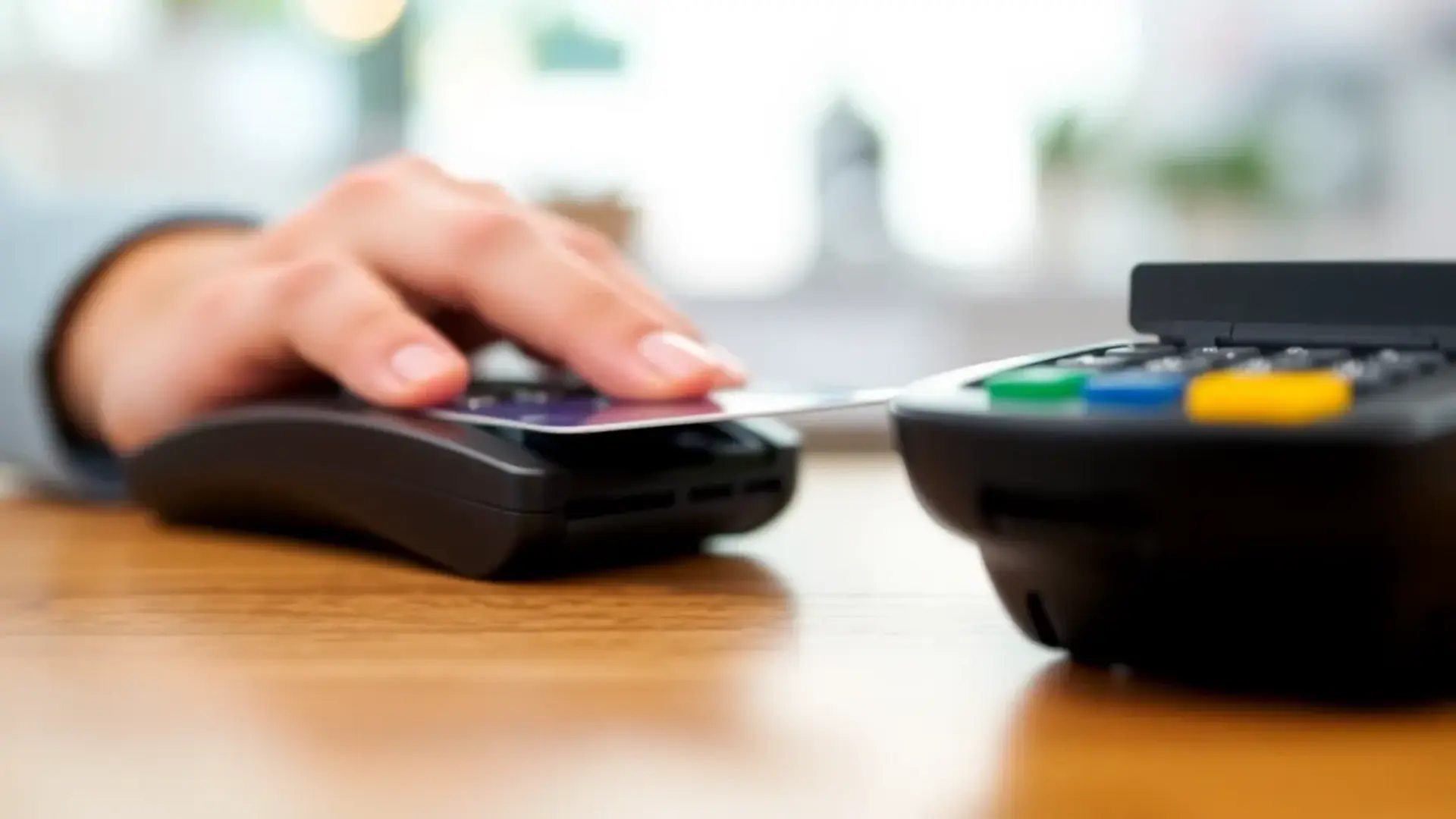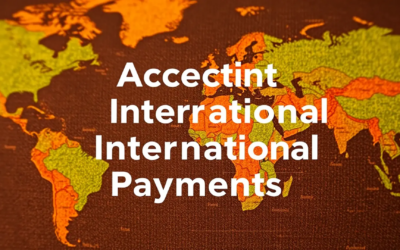Understanding Credit Card Swipers: Types, Benefits, and Future Trends
A credit card swiper is a widely used device that reads data from a card’s magnetic stripe, chip, or contactless signal to process payments. With millions of swipers in use globally, they are essential in helping businesses complete transactions efficiently, securely, and often in real time. As cashless payments grow, swipers provide the flexibility and speed merchants and customers seek, integrating with POS systems to support seamless, fast, and secure payment processing.
This article will explore the different types of swipers, how they work, their benefits, and the future of credit card swiping technology.
Types of Credit Card Swipers
Credit card swipers have evolved significantly, from basic devices that only handle simple transactions to advanced, secure tools that support multiple payment methods. Businesses now have a variety of swiper types to choose from, each tailored to specific transaction needs, security requirements, and customer preferences. Let’s explore these types in detail.
Traditional Credit Card Imprinters
Traditional credit card imprinters, also known as “knuckle-busters,” were once a staple in commerce. They are manual devices that create a physical impression of the raised card numbers and details on carbon paper for transaction records. While imprinters are largely obsolete today, they served a valuable role in processing transactions before the digital age. Imprinters are simple, cost-effective, and don’t require a power source or connectivity. They’re occasionally used in remote locations or as a backup in case of electronic swiper failure. However, they lack the advanced features and security of modern swipers, and their use has decreased significantly as digital swiping technology has become more widespread.
Magnetic Stripe Readers
Introducing magnetic stripe readers marked the next phase of evolution in payment processing. Magnetic stripe readers scan the magnetic strip on the back of a credit or debit card, transmitting the cardholder’s information to the payment processor. These readers were once widely used but are being phased out due to security concerns. The data on magnetic stripes is static, meaning it doesn’t change between transactions, which makes it more vulnerable to skimming and other types of fraud. Despite this, magnetic stripe readers are still used in certain settings because they offer a straightforward, reliable way to complete transactions, especially in countries that haven’t fully adopted EMV chip technology.
Chip-and-PIN Terminals (EMV)
Chip-and-PIN, or EMV (Europay, MasterCard, and Visa), technology was introduced to combat the security vulnerabilities of magnetic stripe cards. Unlike magnetic stripes, EMV chips store data dynamically and generate a unique code for each transaction, making them more secure against fraud. Chip-and-PIN terminals require the customer to insert their card and authenticate the transaction with a personal identification number (PIN), adding another layer of security. EMV technology is widely used today and has become a global standard for payment processing. These terminals offer a much higher level of fraud protection, making them the preferred choice for businesses that handle high transaction volumes or prioritise customer security.
Contactless and Mobile Device Swipers
The demand for faster, more convenient payment options led to the development of contactless and mobile device swipers. These devices use Near Field Communication (NFC) technology to enable customers to make payments by simply tapping their card or smartphone on the reader. NFC-enabled swipers are popular because they provide a quick, seamless payment experience without needing physical contact or card insertion. With the rise of digital wallets like Apple Pay and Google Pay, contactless payments have gained widespread acceptance. Mobile device swipers, which attach to smartphones or tablets, are ideal for businesses on the go, such as food trucks, market vendors, and service providers who need flexibility in their payment setup. These swipers offer the convenience of portability and can handle various types of payments, from magnetic stripe to contactless.
How Does a Credit Card Swiper Work?
Understanding the technical operation of a credit card swiper reveals how these devices facilitate secure and efficient transactions. Each transaction involves several steps in seconds, from initiation to authorization and completion.
Initiation
The transaction begins when the merchant enters the transaction amount into their point-of-sale (POS) system, which prompts the swiper to start processing. For mobile and contactless swipers, this initiation step may involve selecting the payment type or simply placing the swiper near the customer’s card or device.
Card Interaction
The customer presents their card by either swiping it (for magnetic stripe transactions), inserting it (for chip-and-PIN transactions), or tapping it on the reader (for contactless payments). The swiper reads the card’s data, including the account number, expiration date, and any additional information embedded in the chip or stripe.
Data Transmission
Once the swiper reads the card, it transmits the transaction data to the payment gateway, the intermediary that routes the information between the business and the customer’s bank. This transmission is typically encrypted to protect sensitive information from potential security threats.
Authorisation
The payment gateway communicates with the customer’s bank to verify the transaction. This step includes checking the card’s validity, ensuring sufficient funds or credit for the purchase, and confirming the transaction meets security standards.
Completion
Once the transaction is approved, the swiper completes the transaction by sending a confirmation to the merchant’s POS system. Depending on the payment processor’s policies, funds are transferred to the merchant’s account, typically within a few business days.
Benefits of Using Credit Card Swipers
Credit card swipers’ benefits extend beyond simply enabling card payments. They provide businesses with tools to streamline operations, enhance customer satisfaction, and improve security.
Efficiency and Speed
Credit card swipers dramatically speed up transactions compared to manual cash handling. This efficiency reduces wait times, especially in high-volume retail or dining settings, allowing businesses to serve more customers in less time.
Portability and Flexibility
Mobile device swipers enable businesses to accept payments anywhere, from retail floors to outdoor events. This portability makes them invaluable for companies outside of traditional brick-and-mortar locations, such as food trucks or event vendors.
Enhanced Security
Swipers that use EMV chip technology or NFC for contactless payments provide robust security features. The unique transaction codes generated by chip-and-PIN and contactless payments make it much harder for criminals to replicate or tamper with card data.
Integration with POS Systems
Many modern swipers integrate with POS systems, allowing businesses to track sales, manage inventory, and analyse customer behaviour more effectively. This integration is particularly beneficial for small businesses that rely on streamlined operations to remain competitive.
Customer Convenience
As cashless payments become popular, customers increasingly expect businesses to offer multiple payment options. Credit card swipers provide a quick and convenient way for customers to complete transactions, improving their overall experience and encouraging repeat business.
Modern Credit Card Swipers and Payment Apps
Today’s credit card swipers often come as part of integrated payment solutions that include hardware, software, and additional services. Companies like Square and Shopify have developed systems that allow merchants to accept payments while accessing advanced business management tools.
Square Reader
Square offers a range of swipers that connect to smartphones and tablets, enabling merchants to process payments through a mobile POS system. The Square Point of Sale app includes features like inventory tracking, sales analytics, and customer management, making it a powerful tool for small businesses.
Shopify Card Readers
Shopify’s POS system supports various card readers, which allow businesses to accept payments both online and in person. Shopify’s card readers integrate seamlessly with its e-commerce platform, enabling businesses to manage online and offline sales within a single system.
Transparent Pricing
One of the appeals of these modern swiper solutions is their pricing transparency. Many providers, like Square, charge a flat rate per transaction with no hidden fees or long-term contracts, allowing businesses to predict and manage costs effectively.
Payment Processing Fees and Costs
Using a credit card swiper involves certain fees, which vary depending on the provider and the type of swiper used. These fees are necessary for businesses as they directly impact profit margins.
Transaction Fees
Most credit card swipers charge a percentage of each transaction as a fee. This rate can vary, with some providers offering lower rates for high-volume transactions. For instance, providers like Square charge around 1.75% per transaction.
Setup and Monthly Fees
While many providers offer basic swipers without setup fees, some advanced swiper systems with additional features may require setup or monthly fees. Businesses should consider these costs, especially if they’re working with tight budgets.
Tips to Minimize Costs
Businesses can minimise costs by comparing swiper providers and choosing the best fee structure for their needs. For example, companies with high transaction volumes may benefit from a provider that offers discounted rates for large volumes.
Common Issues with Credit Card Swipers
While reliable, credit card swipers have potential issues. Understanding common problems and how to address them can help businesses maintain smooth operations.
Transaction Failures
Transactions may fail for various reasons, such as network connectivity issues, insufficient funds, or technical malfunctions. Troubleshooting involves checking network connections, ensuring the swiper is correctly attached or paired, and verifying payment details with the customer.
Security Risks
Security risks, particularly with wireless swipers, include data interception during transmission. Choosing swipers with encryption features and regularly updating software can help minimise these risks.
Battery and Power Issues
Battery life is a common concern for mobile swipers. Businesses can prevent disruptions by keeping swipers charged or using portable chargers for swipers on the go.
The Future of Credit Card Swiping Technology
Advances in security, convenience, and integration with other business tools shape the future of credit card swiping technology. Here are some trends to look forward to:
Biometric Authentication
Biometric authentication promises to make transactions even more secure and convenient. With fingerprint, facial, and voice recognition becoming more common in mobile devices, swipers could soon adopt these technologies to authenticate transactions, adding an extra layer of security without requiring additional hardware. This shift would further reduce fraud risks and streamline the customer experience.
Integration with Artificial Intelligence (AI)
AI could enhance the capabilities of credit card swipers by analysing transaction patterns to detect fraud in real-time. AI can also help businesses better understand customer preferences and purchasing habits, enabling targeted marketing and personalised service. Some advanced swiper systems leverage AI to track inventory levels and predict stock needs, adding value for retailers and service providers.
Enhanced Mobile and Contactless Options
As mobile payments and contactless transactions continue to grow in popularity, swipers are likely to become more streamlined, with improved battery life and faster data processing speeds. NFC and RFID technologies are expected to play a more significant role, offering customers a smoother checkout experience by simply tapping their card or phone.
Blockchain and Digital Currency Compatibility
With the rise of digital currencies like Bitcoin, future credit card swipers may be designed to accept cryptocurrencies. Blockchain technology also offers enhanced security features for transaction processing, potentially reducing fraud risks and processing costs. Businesses could benefit from this shift by reaching a new demographic of cryptocurrency users, especially in areas where traditional banking access is limited.
Environmental Considerations
As businesses and consumers become more eco-conscious, credit card swiper manufacturers are exploring ways to reduce environmental impact. Future swipers may be designed with recyclable materials or have energy-saving features to limit their carbon footprint, helping companies meet sustainability goals.
These advancements show how credit card-swiping technology is evolving to meet the demands of modern businesses and customers. By adopting these innovations, companies can offer secure, efficient, and flexible payment options that align with the latest technology trends.
FAQs
What does a credit card swipe mean?
Credit card swipe refers to sliding a credit card through a swiper or reader to process a payment. Swiping allows the device to read the magnetic stripe on the back of the card to capture payment information.
How to use a credit card swiper?
To use a credit card swiper, enter the transaction amount into the connected POS system and ask the customer to swipe, insert, or tap their card on the swiper. Then, follow the prompts on the screen to complete the transaction.
What are credit card swipe charges?
Credit card swipe charges are fees paid to the payment processor for handling card transactions. Typically, these charges are a percentage of the transaction amount, but they can vary depending on the provider.
Who pays swipe fees?
Swipe fees are usually paid by the merchant who accepts the card payment. These fees help cover the transaction costs and are typically deducted from the merchant’s total transaction amount.
What is the limit of a swipe card?
The limit of a swipe card depends on the spending limit set by the cardholder’s bank for a credit or debit card. For contactless payments, there’s often a lower limit, which varies by country and bank policies.







